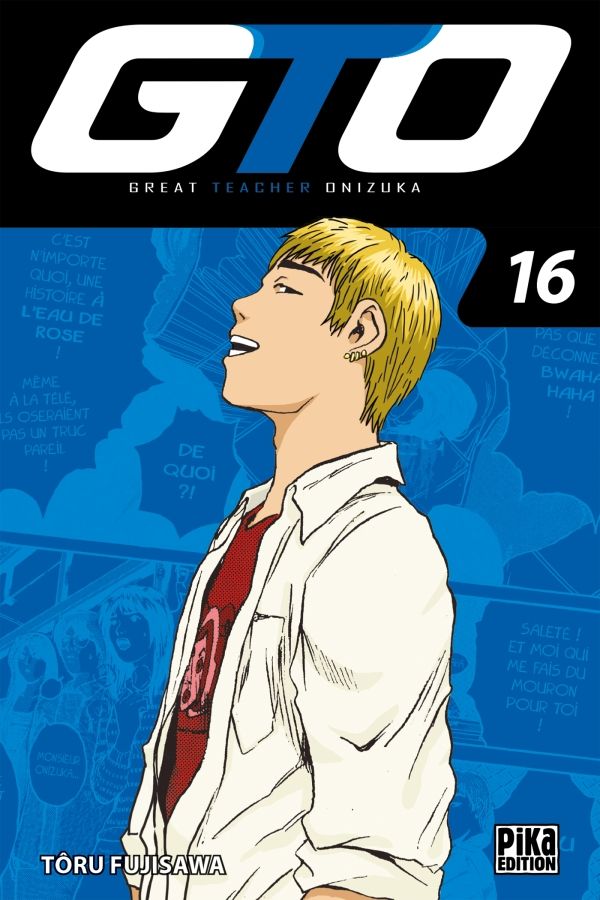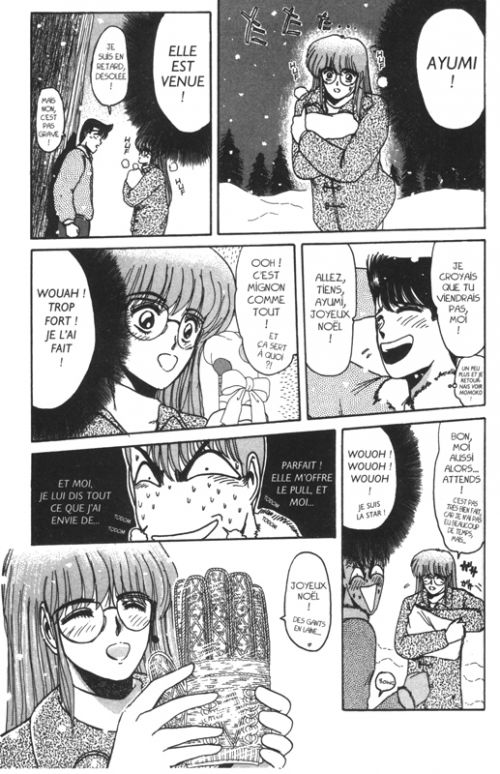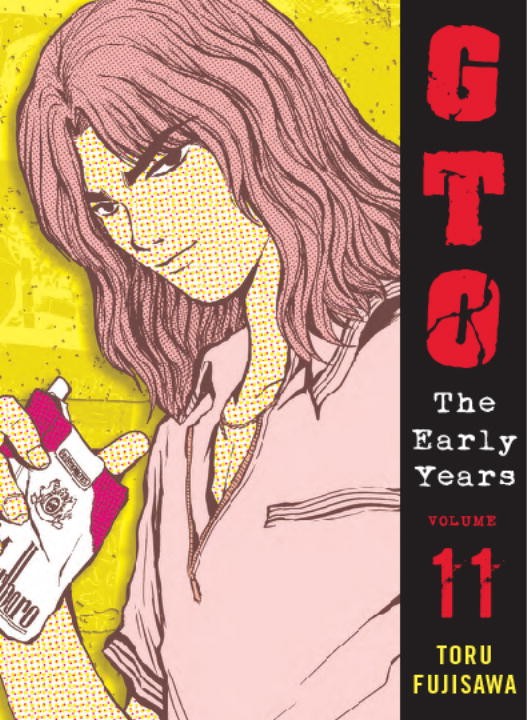

Manga is almost always black and white, serialized in manga collections before being sold in bound books, and has many different genres appealing to many different audiences. Comic books in America tend to be colored, sold in thin booklets, and written for a teenage male audience. Manga is different from American comic books in many ways, which is why it is sometimes translated as graphic novels. The word literally means " whimsical pictures" in Japanese. "Manga" are Japanese comic books/graphic novels. Many manga have been translated to English and are sold everywhere.ĮxampleGTO, Excel Saga, Inu Yasha, Fushigi Yugi, Naruto, Pretty Face, Hunter x Hunter, Confidential Confessions, Love Hina, and Berserk are all examples of manga. In 1998, about 3 billion manga volumes were printed in Japan, I'm sure that number is higher now. That's a huge number, considering the Japanese read A LOT. In Japan, 40% of all book & magazine sales are manga. Manga has its own particular artwork, especially when it comes to human faces, particularly the eyes, chin, nose, mouth, forehead. Another difference between manga and Western comics is that each comics volume has its own plot, while manga volumes all follow the same plot. Seinen manga is for young men between the ages of 18 and 30, and Hentai manga is pornographic, adult manga.Īs you can see, saying "comics from Japan" is wrong.

Josei manga is for adult ladies above the age of 20, mainly working women. Shonen manga is for boys ages 12-18, Shoujo manga is for gilrs age 12-18. There are 6-7 major types of manga, each having its own audience. However, just saying manga are comics from Japan is wrong.įirst of all, in the US and in Europe, most comics are addressed to young children between the ages of 9 and 13. It's basicallt Japanese comic books, which can be easily translated to English. It is an ancient art that has been used for centuries as a form of entertainment. Manga, in Japanese, means "flowing words" or "Undisciplined words". Some manga are pornographic, but that's just a small percentage of manga.


Contrary to what most people in the West think, manga (both the singular and plural form are the same) have NOTHING to do with pronorgraphy.


 0 kommentar(er)
0 kommentar(er)
